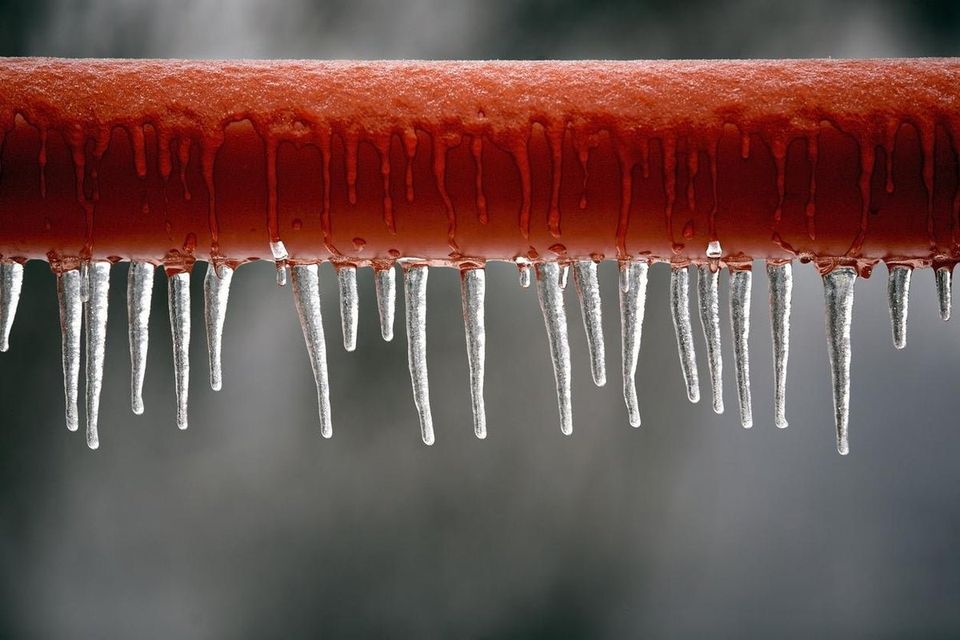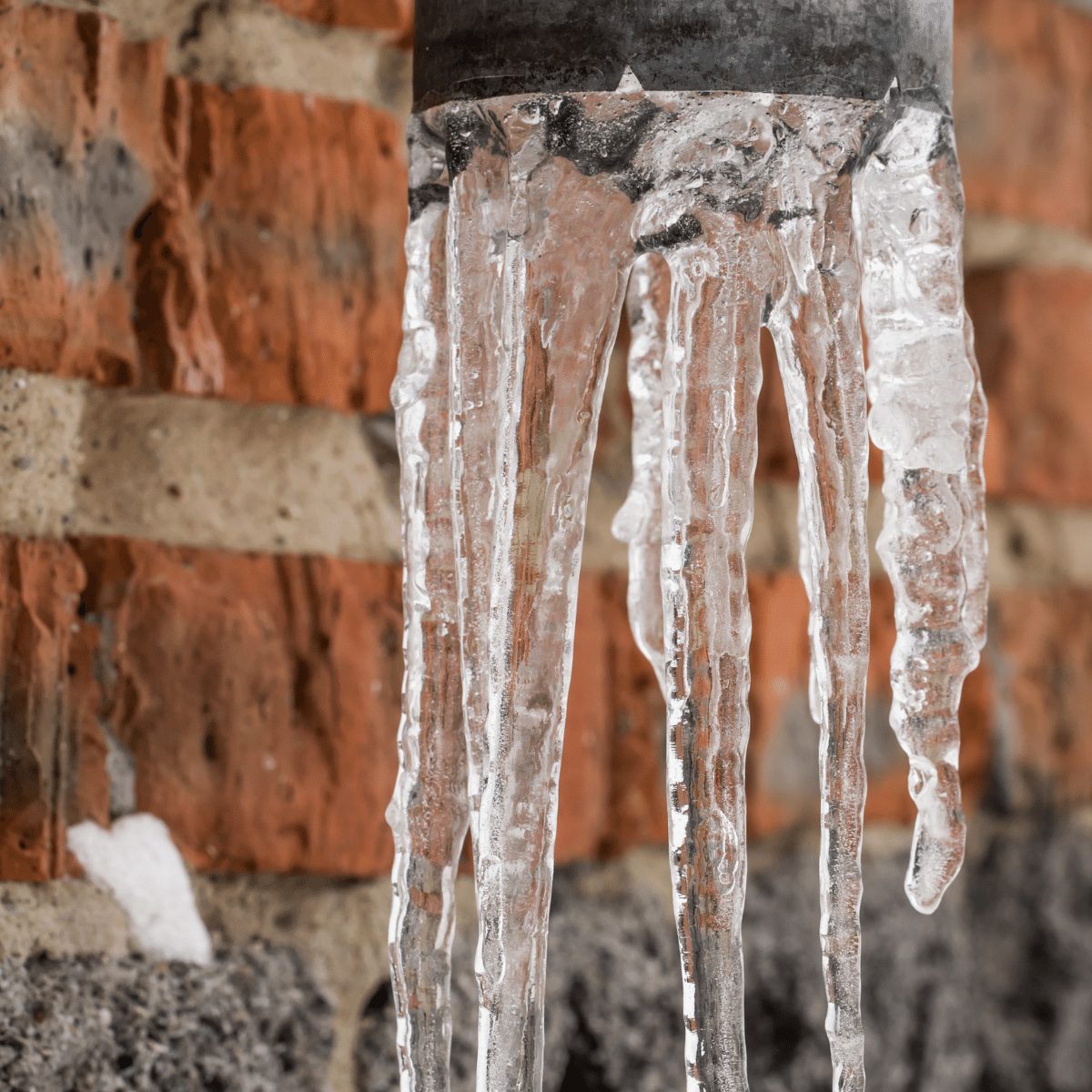What are your thoughts on Helpful Tips to Prevent Frozen Pipes this Winter?

Winter can wreak havoc on your pipes, particularly by freezing pipes. Here's exactly how to prevent it from happening and what to do if it does.
Introduction
As temperatures decrease, the threat of frozen pipes increases, possibly bring about pricey repair work and water damages. Recognizing how to stop icy pipelines is critical for home owners in cool environments.
Avoidance Tips
Protecting at risk pipelines
Wrap pipes in insulation sleeves or utilize warm tape to protect them from freezing temperatures. Concentrate on pipes in unheated or external locations of the home.
Home heating strategies
Maintain indoor rooms adequately heated up, especially areas with pipes. Open up cupboard doors to allow cozy air to distribute around pipelines under sinks.
Exactly how to identify icy pipelines
Search for reduced water flow from taps, unusual smells or sounds from pipes, and visible frost on revealed pipelines.
Long-Term Solutions
Structural adjustments
Take into consideration rerouting pipelines far from exterior walls or unheated locations. Add extra insulation to attic rooms, cellars, and crawl spaces.
Upgrading insulation
Purchase high-grade insulation for pipes, attics, and wall surfaces. Appropriate insulation assists keep constant temperature levels and decreases the risk of frozen pipes.
Protecting Outdoor Pipes
Garden hose pipes and exterior taps
Disconnect and drain pipes yard hoses before winter months. Set up frost-proof faucets or cover exterior faucets with shielded caps.
Recognizing Icy Pipelines
What creates pipes to freeze?
Pipelines ice up when revealed to temperature levels listed below 32 ° F (0 ° C) for prolonged periods. As water inside the pipelines freezes, it increases, taxing the pipe wall surfaces and possibly creating them to break.
Risks and damages
Icy pipelines can result in supply of water disruptions, home damages, and costly repair work. Ruptured pipelines can flood homes and cause substantial architectural damage.
Signs of Frozen Pipes
Identifying icy pipelines early can avoid them from bursting.
What to Do If Your Pipelines Freeze
Immediate actions to take
If you think frozen pipelines, maintain taps open up to ease pressure as the ice melts. Use a hairdryer or towels taken in warm water to thaw pipelines gradually.
Verdict
Protecting against icy pipelines requires proactive procedures and fast reactions. By recognizing the causes, signs, and preventive measures, house owners can shield their plumbing throughout winter.
5 Ways to Prevent Frozen Pipes
Drain Outdoor Faucets and Disconnect Hoses
First, close the shut-off valve that controls the flow of water in the pipe to your outdoor faucet. Then, head outside to disconnect and drain your hose and open the outdoor faucet to allow the water to completely drain out of the line. Turn off the faucet when done. Finally, head back to the shut-off valve and drain the remaining water inside the pipe into a bucket or container. Additionally, if you have a home irrigation system, you should consider hiring an expert to clear the system of water each year.
Insulate Pipes
One of the best and most cost-effective methods for preventing frozen water pipes is to wrap your pipes with insulation. This is especially important for areas in your home that aren’t exposed to heat, such as an attic. We suggest using foam sleeves, which can typically be found at your local hardware store.
Keep Heat Running at 65
Your pipes are located inside your walls, and the temperature there is much colder than the rest of the house. To prevent your pipes from freezing, The Insurance Information Institute suggests that you keep your home heated to at least 65 degrees, even when traveling. You may want to invest in smart devices that can keep an eye on the temperature in your home while you’re away.
Leave Water Dripping
Moving water — even a small trickle — can prevent ice from forming inside your pipes. When freezing temps are imminent, start a drip of water from all faucets that serve exposed pipes. Leaving a few faucets running will also help relieve pressure inside the pipes and help prevent a rupture if the water inside freezes.
Open Cupboard Doors
Warm your kitchen and bathroom pipes by opening cupboards and vanities. You should also leave your interior doors ajar to help warm air circulate evenly throughout your home.

We had been made aware of that report on How to prepare your home plumbing for winter weather from a good friend on another web property. Liked our post? Please quickly share it. Let others discover it. Thanks so much for taking the time to read it.
Call Today